Shifts in Treatment Paradigms
The Esketamine Market is experiencing a transformation in treatment paradigms, particularly in the management of depression. Traditional antidepressants often require weeks to exhibit effects, whereas Esketamine has demonstrated rapid action, providing relief within hours. This shift towards faster-acting treatments is reshaping clinician preferences and patient expectations. As healthcare providers seek to optimize treatment outcomes, the adoption of Esketamine is likely to increase. Additionally, the growing emphasis on personalized medicine may further drive the Esketamine Market, as clinicians tailor treatments to individual patient needs, enhancing the overall therapeutic landscape.
Increased Awareness and Education
There is a notable increase in awareness and education surrounding mental health and innovative treatments like Esketamine. Campaigns aimed at destigmatizing mental health issues are contributing to a more informed public, which in turn drives demand for effective therapies. As patients become more knowledgeable about their treatment options, the likelihood of seeking out Esketamine increases. Healthcare professionals are also receiving more training on the benefits and administration of Esketamine, which may lead to higher prescription rates. This heightened awareness is expected to play a crucial role in expanding the Esketamine Market.
Regulatory Support and Market Access
Regulatory bodies are increasingly supportive of novel treatments for mental health disorders, which is positively impacting the Esketamine Market. The approval of Esketamine by various health authorities has facilitated its entry into the market, providing patients with access to a new therapeutic option. Additionally, ongoing discussions regarding reimbursement policies are likely to enhance market access for Esketamine, making it more available to patients in need. As regulatory frameworks evolve to accommodate innovative treatments, the Esketamine Market is poised for growth, with potential expansions into new regions and demographics.
Advancements in Research and Development
Ongoing research and development efforts in the field of psychiatry are significantly influencing the Esketamine Market. Numerous clinical trials are underway to explore the full potential of Esketamine in treating various mental health conditions beyond depression, such as anxiety disorders and PTSD. These advancements may lead to new indications for Esketamine, thereby broadening its application and market reach. The investment in R&D is expected to yield innovative formulations and delivery methods, which could enhance patient compliance and outcomes. As the body of evidence supporting Esketamine's efficacy grows, it is likely to solidify its position within the Esketamine Market.
Increasing Prevalence of Mental Health Disorders
The rising incidence of mental health disorders, particularly depression and treatment-resistant depression, is a primary driver for the Esketamine Market. According to recent estimates, nearly 264 million individuals are affected by depression worldwide. This growing prevalence necessitates innovative treatment options, such as Esketamine, which has shown efficacy in rapid symptom relief. The increasing recognition of mental health issues has led to a surge in demand for effective therapies, thereby propelling the Esketamine Market forward. Furthermore, as healthcare systems prioritize mental health, the integration of Esketamine into treatment protocols is likely to expand, enhancing its market presence.


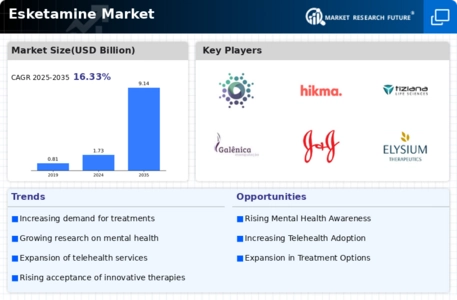
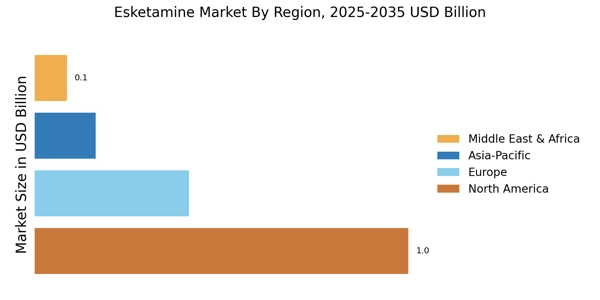
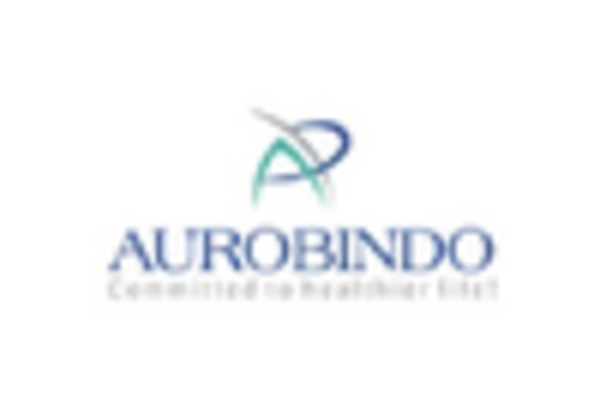
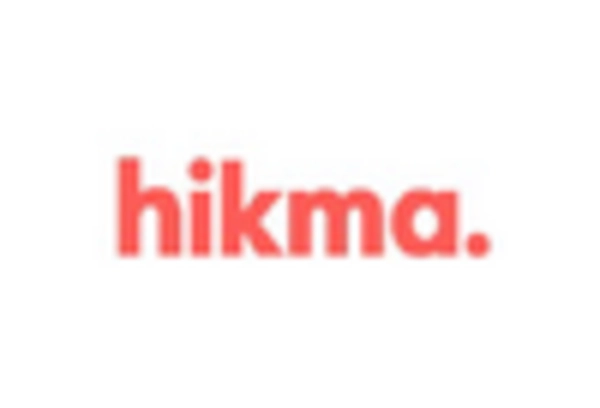
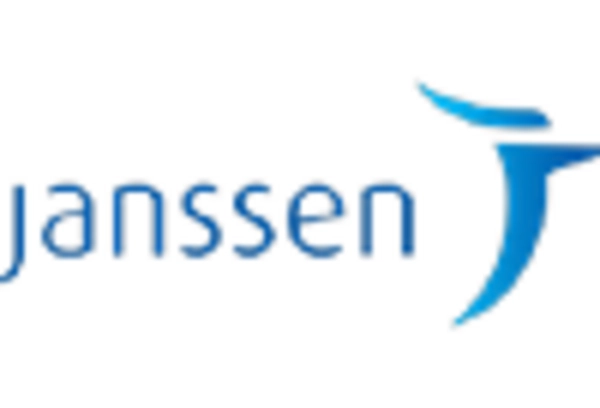

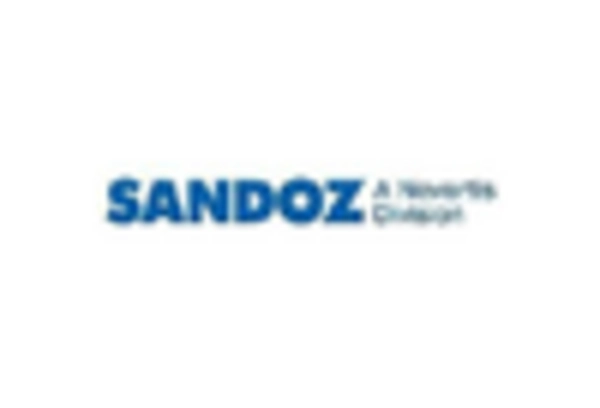
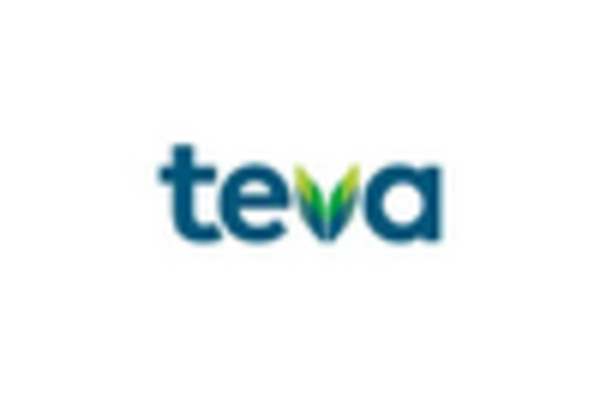








Leave a Comment